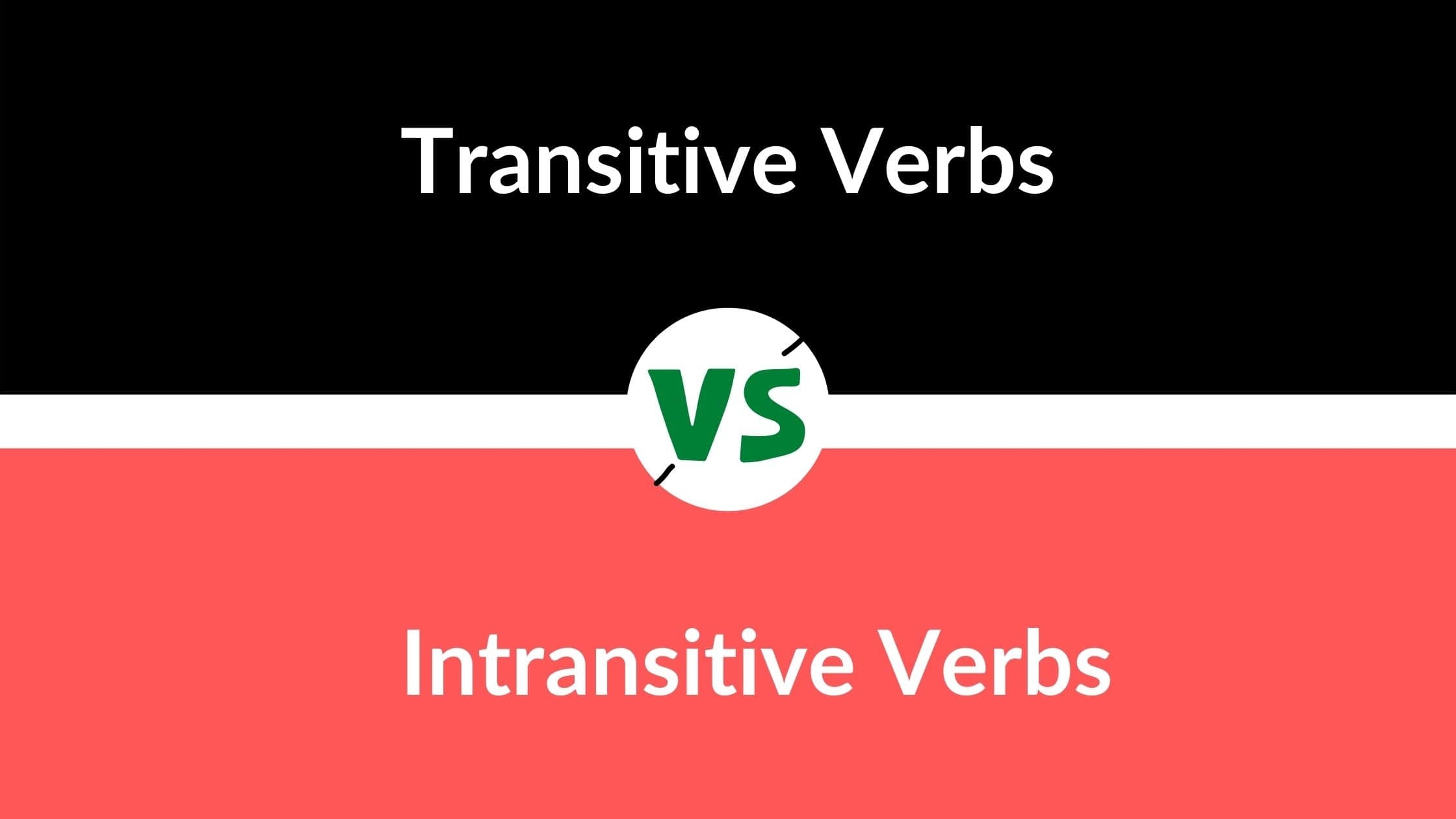Understanding the difference between transitive and intransitive verbs is essential for mastering the English language. Verbs play a crucial role in forming sentences, and knowing how they function can greatly improve your writing and communication skills.
Transitive and intransitive verbs are two different types of verbs that require a specific relationship with their objects. While both types of verbs are essential in constructing sentences, they have distinct characteristics that set them apart.
Difference Between Transitive vs Intransitive
Transitive verbs are action verbs that require a direct object to complete their meaning. In other words, a transitive verb transfers the action of the subject to an object. For example, in the sentence “She ate the apple,” the verb “ate” is transitive because it requires an object (the apple) to make sense.
In contrast, intransitive verbs do not require a direct object to complete their meaning. These verbs express action or state of being without transferring it to an object. For example, in the sentence “He sleeps peacefully,” the verb “sleeps” is intransitive because it does not require an object to convey its meaning.
It is important to note that some verbs can function as both transitive and intransitive, depending on the context. For example, the verb “run” can be transitive in the sentence “She runs a marathon” or intransitive in the sentence “He runs every morning.”
Understanding the distinction between transitive and intransitive verbs can help you construct grammatically correct sentences. By recognizing the requirements of each type of verb, you can effectively communicate your ideas and convey your message clearly to your audience.
In conclusion, transitive verbs require a direct object to complete their meaning, while intransitive verbs do not. Mastering the use of both types of verbs will enhance your language skills and improve the quality of your writing. Practice identifying transitive and intransitive verbs in sentences to strengthen your understanding of their functions in English grammar.
